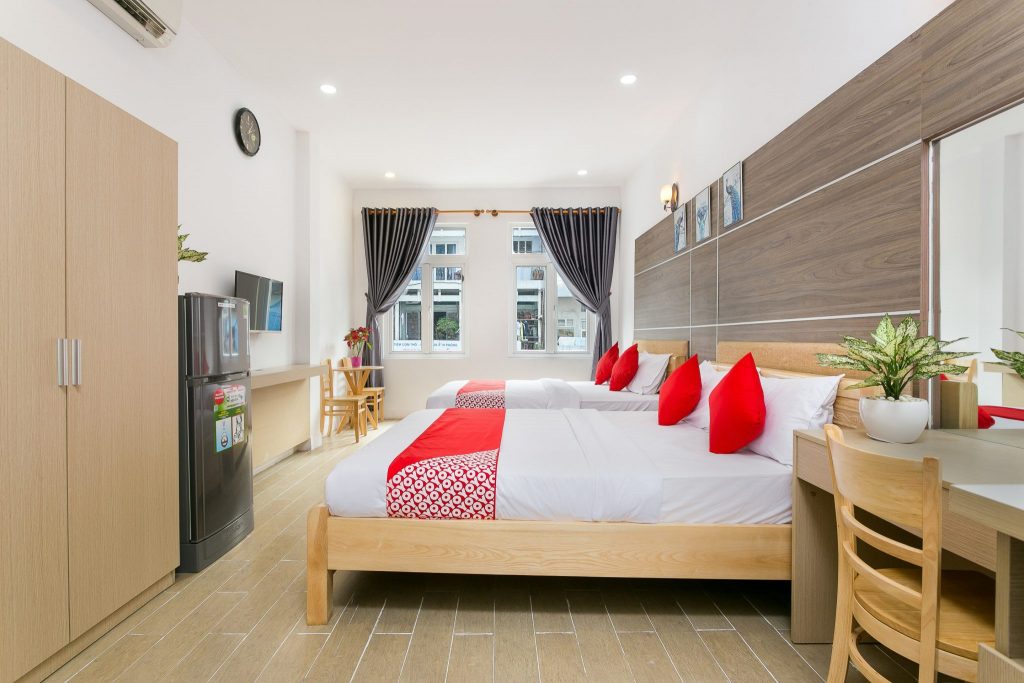Oyo to Invest $50 Million in Vietnam to Grow to 20,000 Hotel Rooms in 2020

Skift Take
After Indonesia, Vietnam turns out to be the next big playground in Southeast Asia for Oyo, which is targeting 20,000 rooms in the country by the end of 2020. But the more Oyo rooms multiply like rabbits, the more people want to know about the real returns on investment.
Oyo Hotels & Homes will be investing $50 million to expand in Vietnam, where it says it has opened 90 hotels with 1,500 rooms in the past three months.
That may sound incredible. Perhaps even more incredible is that its target is to grow to 20,000 rooms in 10 cities in Vietnam by the end of next year, up from six cities now, namely Hanoi, Ho Chi Minh City, Danang, Phu Quoc, Vang Tau, and Nha Trang. Oyo's country head for Vietnam, Dushyant Dwibedy, shared the target in a statement.
At the same time it announces a Vietnam expansion, the budget hotel chain shows it has been able to multiply quickly in Indonesia and become the leading hotel chain there. In just nine months, Oyo said Indonesia counts for a total of 720 hotels with 20,000 rooms across 80 Indonesian cities in its network. In the pipeline are another
